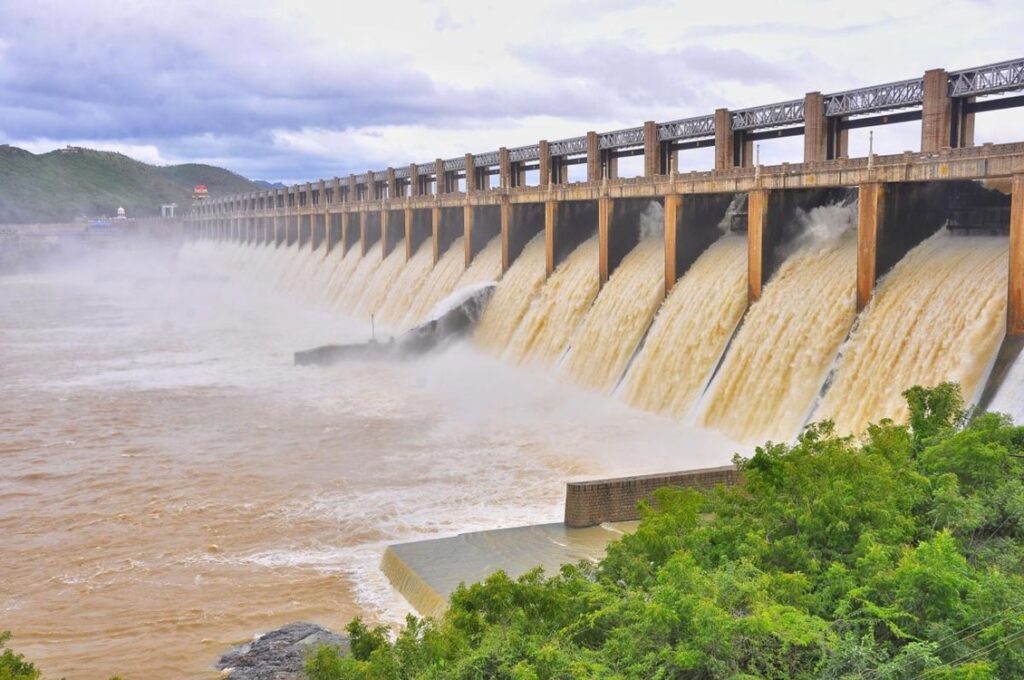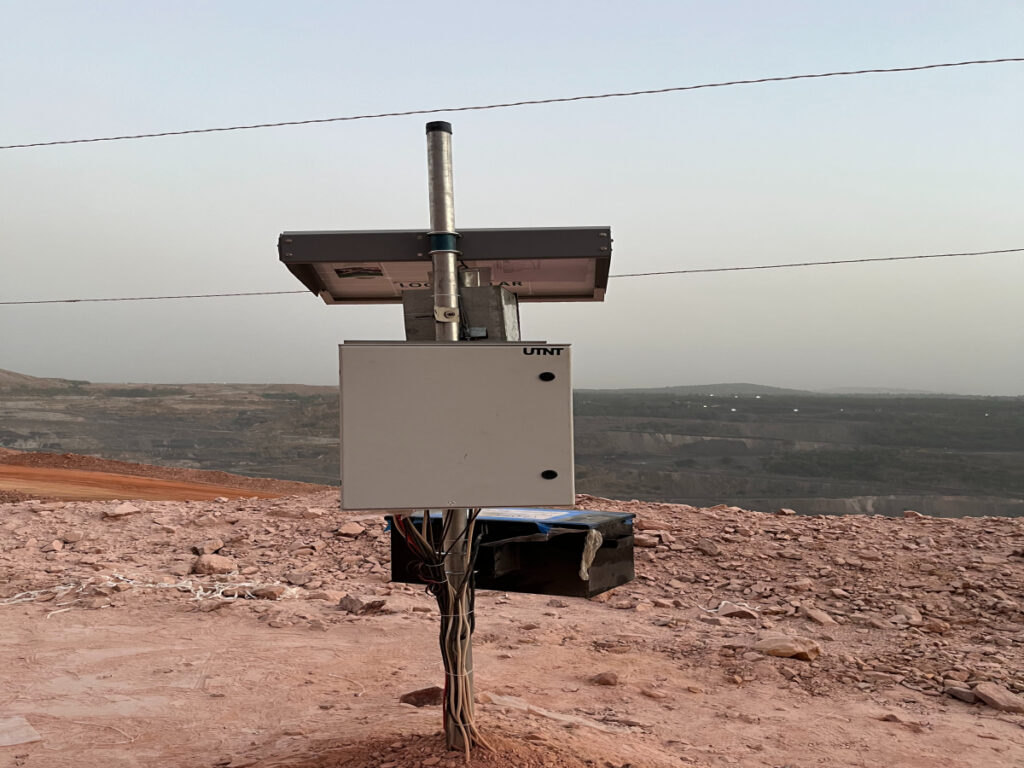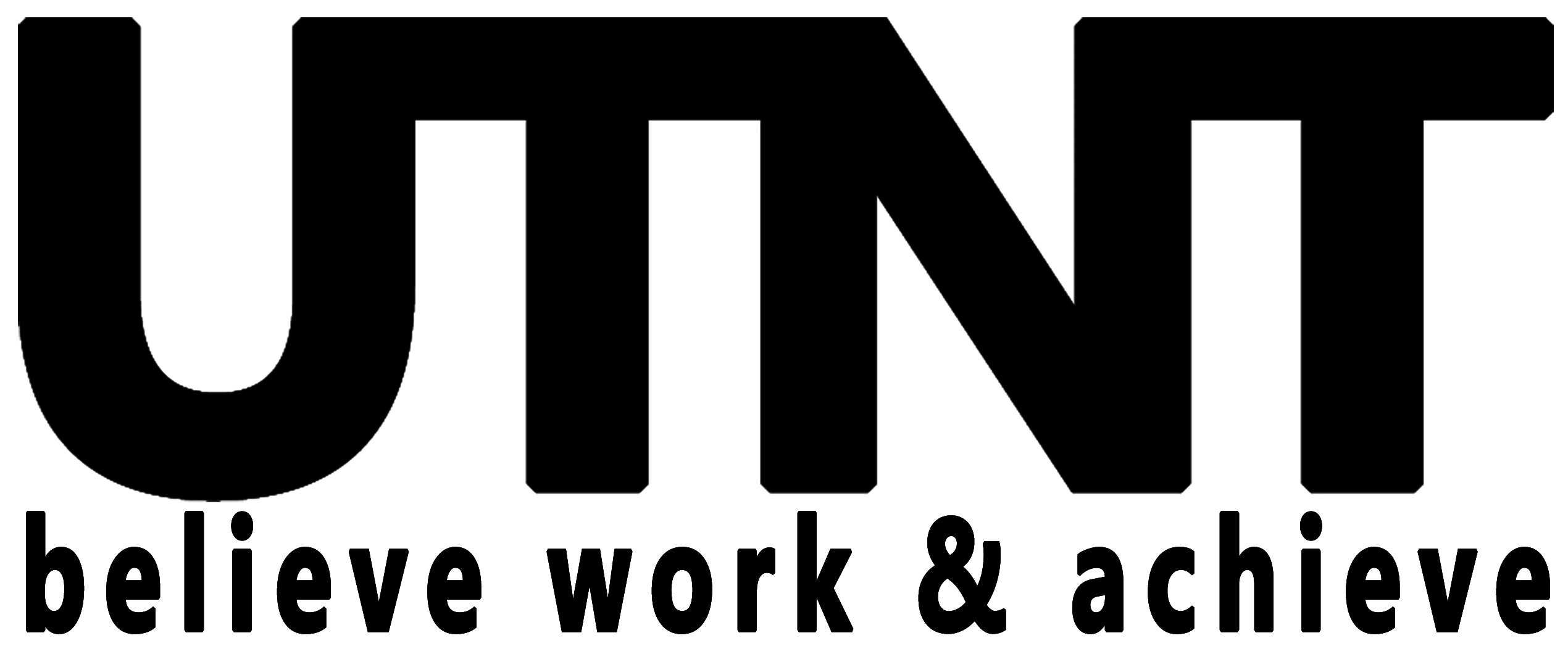Geotechnical monitoring solutions provide advanced measurement and observation capabilities to ensure critical infrastructure safety, performance, and stability. These systems collect, process, and analyze data from geotechnical and structural elements, enabling decision-makers to detect potential issues and mitigate risks proactively. Whether used for dams, mining operations, or structural health monitoring, these solutions empower stakeholders to maintain operational efficiency and ensure compliance with regulatory standards.
UTNT, with its rich experience in measurement and monitoring solutions, offers a variety of products for various applications that need real-time monitoring, IoT solutions for remote data access, alerts, and control.
DAMS
Whether a new DAM is being constructed or repair/rehabilitation work is being done on existing DAMs, Geotechnical monitoring instruments have played a key role in keeping decision-makers informed in real-time.


Mining
Slopes of open pit mines typically consist of a series of benched, steep cuts. Movement of slope walls and groundwater levels can be monitored to watch for areas of instability or aid in pit dewatering efforts.
Structural Health
Aged or new structures like bridges, railway tracks, tunnels, or buildings, monitoring makes engineers and maintenance staff pre-informed for optimizing the recurring maintenance cost and keeping safety on priority.

Why Geotechnical Monitoring?
Geotechnical monitoring is essential for safeguarding infrastructure and ensuring public safety. By continuously tracking critical parameters, these solutions provide early warnings of potential issues, allowing timely interventions. This minimizes the risk of catastrophic failures, reduces operational costs, and enhances the longevity of assets. Additionally, geotechnical monitoring supports compliance with regulatory requirements and promotes sustainable construction and maintenance practices. It is an indispensable tool for industries such as construction, mining, and civil engineering that rely on data-driven decision-making to optimize performance and safety.
Key Parameters
- Displacement: Instruments track ground and structural movements, helping detect subsidence, tilting, or shifts.
- Groundwater Levels: Sensors monitor fluctuations in groundwater levels to prevent flooding and instability.
- Stress and Strain: Measurement devices evaluate the stress and strain within structural components to understand load-bearing conditions.
- Pore Pressure: Monitors assess pore water pressure to predict soil liquefaction, slope failures, or embankment instability.
- Inclination: Tiltmeters and inclinometers measure angular changes to detect deviations from expected alignments.
- Crack Widths: Crack meters monitor structural fractures to assess deterioration over time.
- Vibration: Accelerometers record vibration levels to determine the impacts of dynamic loads or environmental factors.
- Temperature: Systems record temperature changes that could influence material properties or structural stability.
Key Features
- Real-Time Monitoring: Solutions provide instantaneous data updates to inform immediate responses.
- IoT Integration: Systems leverage IoT technology for seamless remote monitoring and control.
- Customizable Configurations: Instruments can be tailored to meet specific project requirements or conditions.
- High Durability: Devices are built to endure extreme environmental conditions, ensuring long-term performance.
- Automated Alerts: Real-time alerts notify stakeholders of critical thresholds or anomalies.
- Data Visualization: Advanced platforms display data through user-friendly dashboards for actionable insights.
- Wireless Connectivity: Wireless networks enable hassle-free data transmission from remote locations.
- Energy Efficiency: Low-power devices extend operational lifespans and reduce maintenance costs.
- Cloud Storage: Secure cloud platforms store and manage historical data for trend analysis and reporting.
Benefits
- Enhanced Safety: Early detection of instability or structural issues ensures the safety of personnel and infrastructure.
- Operational Efficiency: Automated systems minimize manual intervention and streamline monitoring processes.
- Proactive Risk Mitigation: Continuous monitoring helps address potential risks before they escalate into major problems.
- Cost Optimization: Solutions reduce maintenance costs by prioritizing repairs based on real-time data.
- Regulatory Compliance: Systems meet industry standards and facilitate regulatory reporting with accurate data records.
- Improved Decision-Making: Comprehensive and reliable data supports informed decision-making during construction, operation, and rehabilitation.
- Increased Asset Lifespan: Timely interventions based on monitoring insights extend the lifespan of critical infrastructure.
- Environmental Protection: Monitoring groundwater and other parameters helps mitigate environmental impacts and ensures sustainable operations.
- Flexibility Across Applications: Solutions cater to diverse industries, including construction, mining, and civil engineering.
- Emergency Preparedness: Automated alerts and predictive insights enable quick responses during emergencies.
